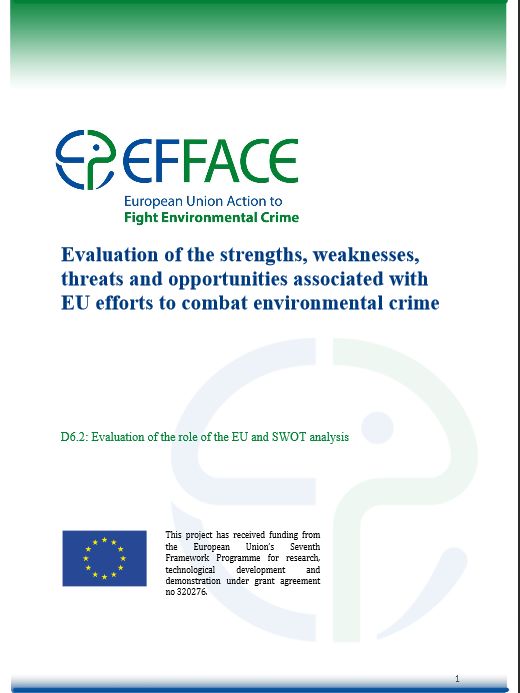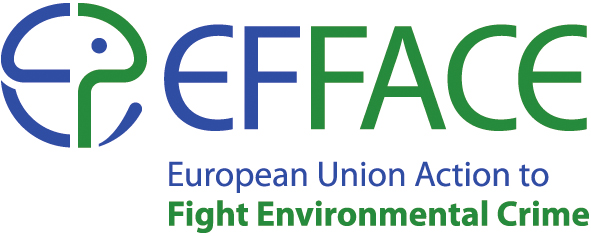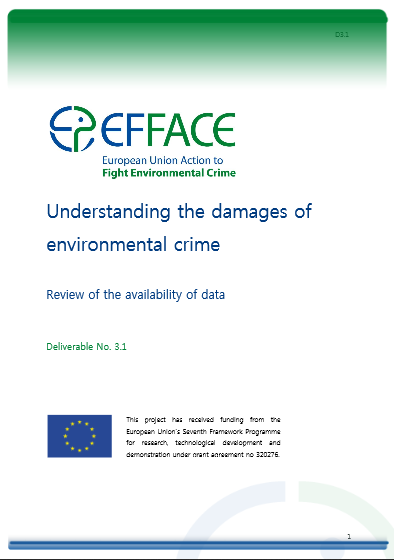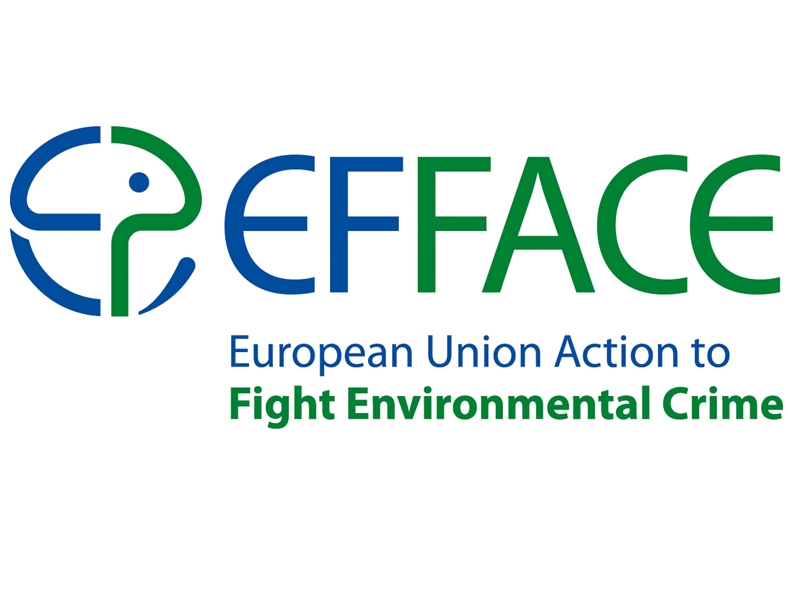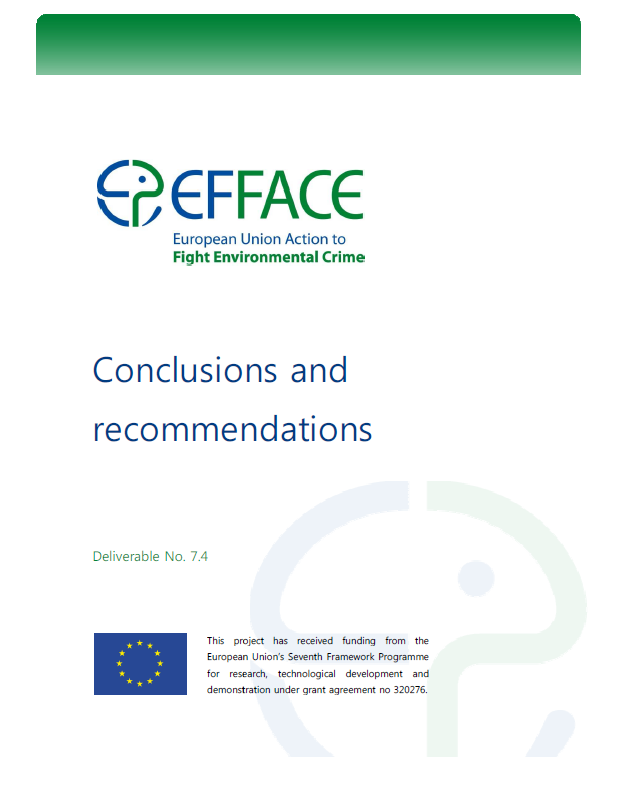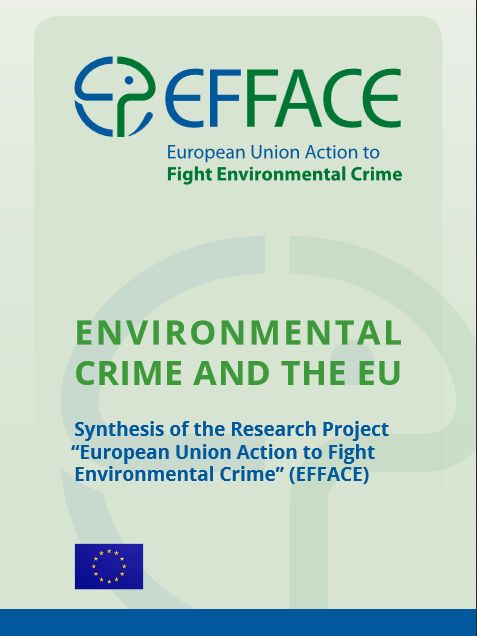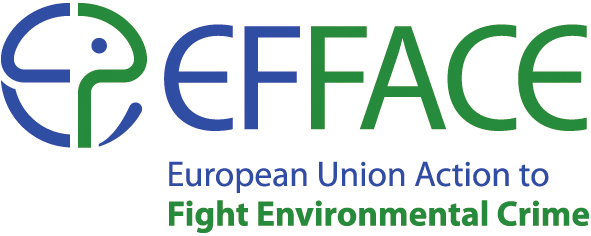Evaluation of the Strengths, Weaknesses, Threats and Opportunities Associated with EU Efforts to Combat Environmental Crime
Evaluation of the role of the EU and SWOT analysis
- Publikation
- Zitiervorschlag
Farmer, A. (Ed.) (2015). Evaluation of the strengths, weaknesses, threats and opportunities (SWOT) associated with EU efforts to combat environmental crime. Study in the framework of the EFFACE research project.
Eines der Hauptergebnisse des EU-finanzierten EU-Forschungsprojekts zu Umweltkriminalität (EFFACE) ist der Bericht "Evaluation of the strengths, weaknesses, threats and opportunities (SWOT) associated with EU efforts to combat environmental crime." Diese SWOT-Analyse untersucht die Stärken, Schwächen, Chancen und Risiken des EU-Ansatzes im Kampf gegen Umweltkriminalität. Die Autoren, unter ihnen Mitarbeiter des Ecologic Instituts, bringen die Erkenntnisse der bisherigen EFFACE-Arbeit zusammen und analysieren die Maßnahmen und Ansätze der EU und ihrer Mitgliedsstaaten gegen Umweltkriminalität. Der Bericht steht als Download zur Verfügung.
Der Bericht "Evaluation of the strengths, weaknesses, threats and opportunities (SWOT) associated with EU efforts to combat environmental crime." zu Stärken, Schwächen, Chancen und Risiken des Vorgehens gegen Umweltkriminalität auf EU- und Mitgliedsstaatenebene bildet die Grundlage für die darauf aufbauenden Politikempfehlungen. Das Projekt identifizierte neun dafür relevante Dimensionen, die von den EFFACE Partnern im Detail untersucht wurden.
Die neun untersuchten Dimensionen sind:
- Daten- und Informationsmanagement
- Weitere Harmonisierung des Umweltstrafrechts auf EU Ebene (außer Sanktionen)
- Sanktionen (administrative, strafrechtliche und zivile Verfahren
- Arbeit der Vollzugsbehörden und Kooperation zwischen ihnen
- Vertrauens- und kooperations-basierte Ansätze: Opfer von Umweltkriminalität und Zivilgesellschaft
- Externe Dimension von Umweltkriminalität – was kann die EU tun?
- Nutzung von Umwelthaftung
- Organisierte Umweltkriminalität
- Unternehmensverantwortung und Haftung für Umweltstraftaten
Jedes Thema wird nach einem einheitlichen Verfahren analysiert, sowohl auf der Ebene der Mitgliedstaaten, der EU und international. Darüber hinaus sind die oben genannten Aspekte eng verzahnt, daher betonen die Autoren die Bedeutung von Politikempfehlungen, die die verschiedenen Aspekte im Zusammenhang und nicht isoliert voneinander betrachten.
Das Team vom Ecologic Institut hat die Teile zur Arbeit der Vollzugbehörden, der Rolle von Opfern von Umweltkriminalität und der Ziviligesellschaft sowie der Verantwortung und Haftung von Unternehmen für Umweltstraftaten mitverfasst.
